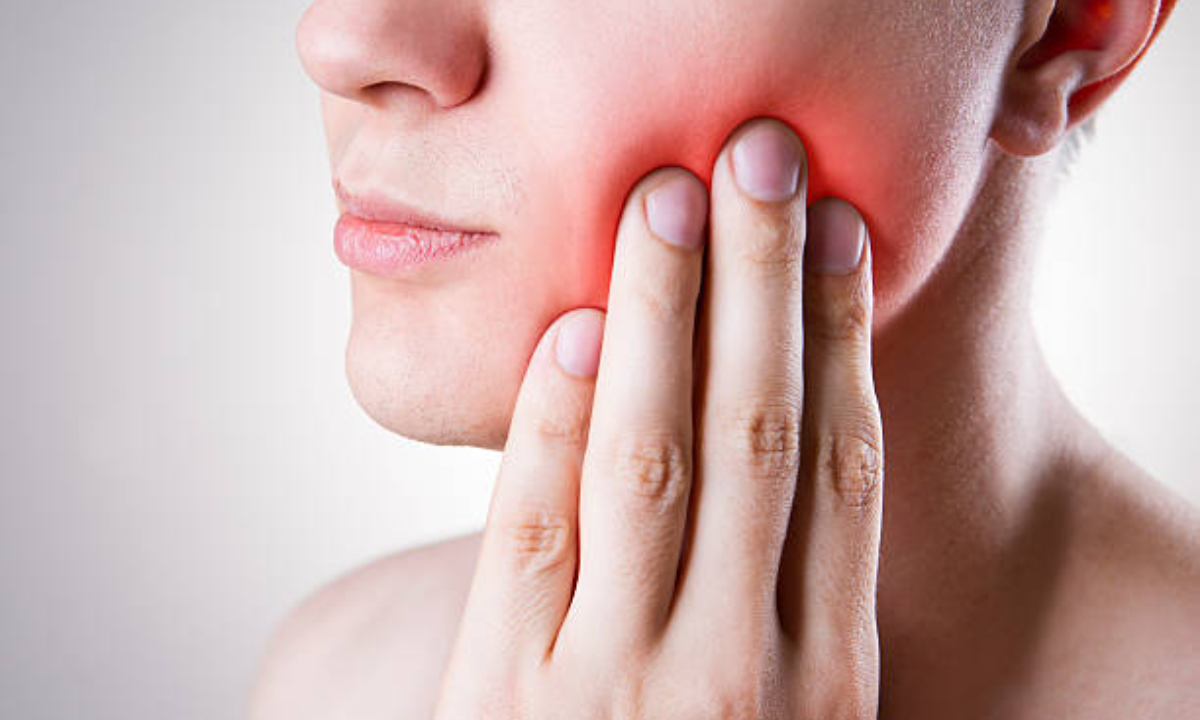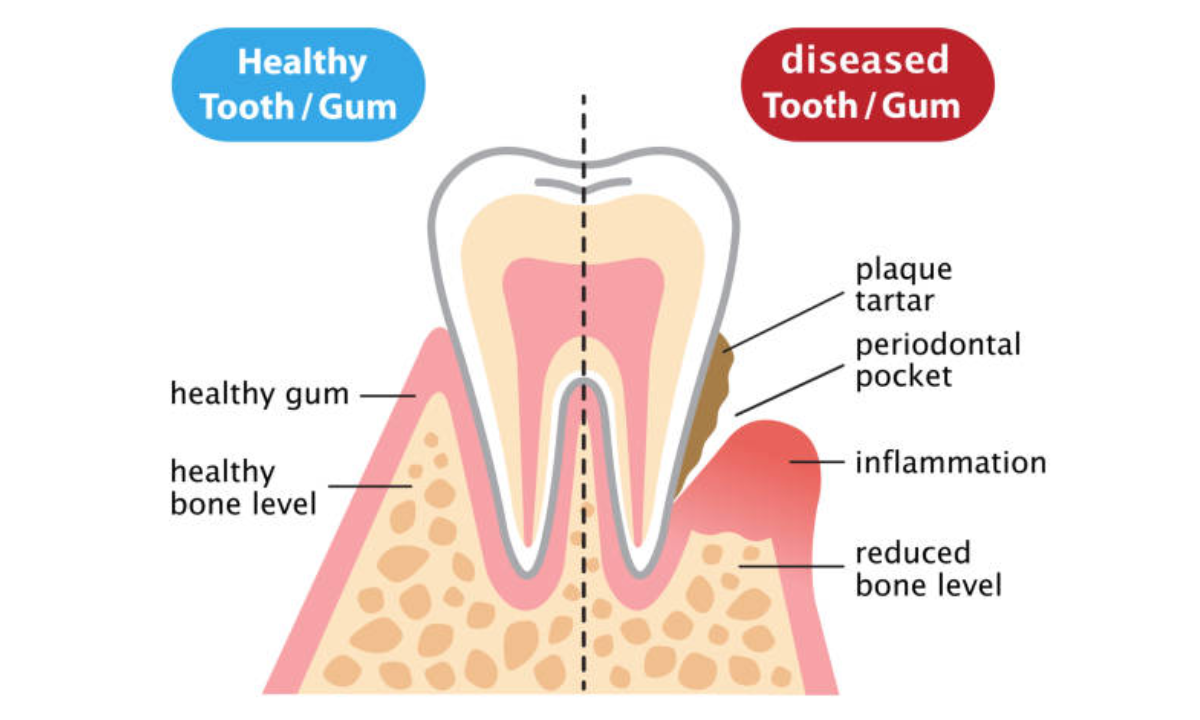One of the important factors in an individual’s general well-being is his oral health, while gum disease is one of the common ailments that can severely upset the delicate balance. Conducingly referred to as periodontal disease, gum disease is caused by bacterial infections and poor oral hygiene. Few would even think about asking: Is gum disease reversible? Fortunately, yes; early-stage gum disease is reversible with time intervention and proper care.
Gum disease is a continuous process, which, if detected at the early stage, can be easily reversed with proper care and treatment. Today’s blog will explain gum disease: stages, symptoms, preventive techniques, and available treatment options at home and professionally by gum disease treatment in Whitefield. It enlightens people about dental services in Whitefield and how one might choose the best dentist for their needs and, therefore, get abundant benefits from their oral health and bright smile.
What is periodontal disease?
Gum disease is an infection of tissues that support your teeth. It starts with plaque, and dental plaque is a sticky film of bacteria that forms on your teeth. This film of plaque is not removable with just brushing and flossing; without such removal, tartar forms, along with inflammation and infection.
Stаgеs of gum disease
Gingivitis:
This is the initial stage of gum disease. It is usually painless and reversible if proper care is instituted since its symptoms are usually puffy, red, and bleeding gums.
Periodontitis
If left untreated, gingivitis progresses into periodontitis, in which the gums recede and pockets form around the teeth to the extent that bone may be lost.
Advanced Periodontitis:
This stage leads to tooth loss because the bone and other tissues have drastically been destroyed.
Periodontal Disease Signs
This will ensure that you receive timely medical care if the case is found and treated accordingly. The common symptoms involved are:
- Bleeding during brushing or flossing.
- Continuously causing malodor, bad odor, or bad feeling in the mouth.
- Gum line recession that gives a lengthier appearance.
- Loose teeth due to gum recession.
If you are experiencing any of the symptoms above, proceed to a Whitefields dentist or wherever you are to check it and never make it worse.
Can one reverse gum disease?
The staging is in concurrency with the reversibility of gum disease:
- Gingivitis: reversible under good oral hygiene and cleaning by a dentist.
- Periodontitis and Advanced Periodontitis: These are treatable conditions that cannot be reversed.
- Tissues and bones cannot be replaced. However, with proper treatment, the infection can be managed to prevent further spread of the disease and further destruction of the oral structures.
Available Treatment of Periodontal Disease
Some require home care, while others may need professional oral procedures. The treatment types can be described as:
1. Gingivitis Reversal at Home
- Brushing and flossing: Brush your teeth twice a day with fluoride toothpaste and a soft-bristled toothbrush to remove dental plaque. Remove any plaque that has built between the teeth by flossing.
- Antiseptic mouthwash: Add an antiseptic mouthwash to kill bacteria.
- Healthy diet: This minimizes sugars and sugary food and drinks causing plaque. A Healthy diet and vitamins C and D.
2. Proper Cleaning:
Schedule an appointment at the dentist in Whitefield for tartar and plaque cleaning. Other therapeutic procedures include:
- Scaling and polishing: This removes plaque and tartar both above and below the gum line.
- Root planing: This procedure smoothes the surfaces of the roots of teeth in a way that the bacteria cannot attach again.
3. Laser Treatment
The laser treatments are less invasive since all the infected tissue and tartar are completely removed. There is decreased bleeding, and healing occurs much faster than through the traditional methods.
4. Medications
Dentists can prescribe medications such as:
- Antibiotics: To control bacterial infection.
- Antimicrobial Mouth Rinses: To reduce microbial load in the mouth.
- Gels: Used to be applied in pocket pockets for the control of bacteria and reduction of pockets.
5. Surgical Interventions
When critical, surgery must be added:
- Flap Surgery: The tartar is allowed to stay in place since the gums are raised ed then closed over the site.
- Bone Graft: Induces bone resumption
- Soft tissue grafts: This involves taking tissue from another area in the mouth and filling up for gingival addition in recessionally compromised areas.
Prevent Gum Diseases
Preventive measures stretch a long way in keeping healthy gums.
- Brush and floss daily.
- Regularly visit your dentist for cleaning and check-ups.
- Use fluoride toothpaste and antiseptic mouthwash.
- Do not smoke as smoking increases the risk of gum disease.
Thus, this keeps a proper diet with nutrient-enriched constituents to enhance the oral cavity.
Conclusion
Gum disease is one of most the dangerous oral diseases, but there is an excellent chance of reversal with proper care at an early stage, stage especially y in the case of gingivitis. It has helped the residents of Whitefield maintain quality health care by searching for an excellent dentist or some fine dental clinics located in this locality. Prevention tips would be helpful in advanced treatment for periodontal care, as prevention is only the right option that would save one’s smile along with their healthy well-being.


